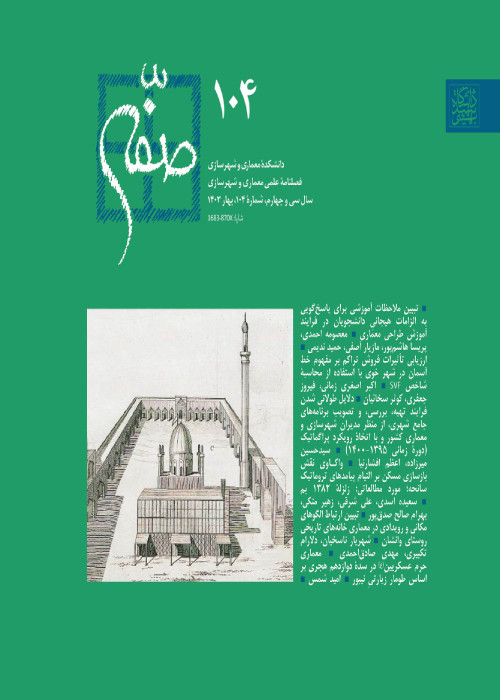Resilient Urban Design
Author(s):
Abstract:
Urban resilience is defined as the capability to prepare for, respond to, and recover from significant multi-hazard threats with minimum damage to public safety and health, the economy, and security of a given urban area. Its dimensions include social, economic, environmental and physical resilience. Resilient urban design is based on two models: the equilibrium model and the non-equilibrium model. The former model attempts to reduce vulnerability and increase response capacity, while the latter emphasizes the adaptability of physical form and city functions to hazards. In terms of content, both models require certain quality features to be envisaged in urban design as regards function, environment and aesthetics. In terms of process, resilient urban design requires a knowledge-based strategic approach that is both interactive and participatory.
Language:
Persian
Published:
Soffeh, Volume:23 Issue: 60, 2013
Page:
91
magiran.com/p1669632
دانلود و مطالعه متن این مقاله با یکی از روشهای زیر امکان پذیر است:
اشتراک شخصی
با عضویت و پرداخت آنلاین حق اشتراک یکساله به مبلغ 1,390,000ريال میتوانید 70 عنوان مطلب دانلود کنید!
اشتراک سازمانی
به کتابخانه دانشگاه یا محل کار خود پیشنهاد کنید تا اشتراک سازمانی این پایگاه را برای دسترسی نامحدود همه کاربران به متن مطالب تهیه نمایند!
توجه!
- حق عضویت دریافتی صرف حمایت از نشریات عضو و نگهداری، تکمیل و توسعه مگیران میشود.
- پرداخت حق اشتراک و دانلود مقالات اجازه بازنشر آن در سایر رسانههای چاپی و دیجیتال را به کاربر نمیدهد.
In order to view content subscription is required
Personal subscription
Subscribe magiran.com for 70 € euros via PayPal and download 70 articles during a year.
Organization subscription
Please contact us to subscribe your university or library for unlimited access!


